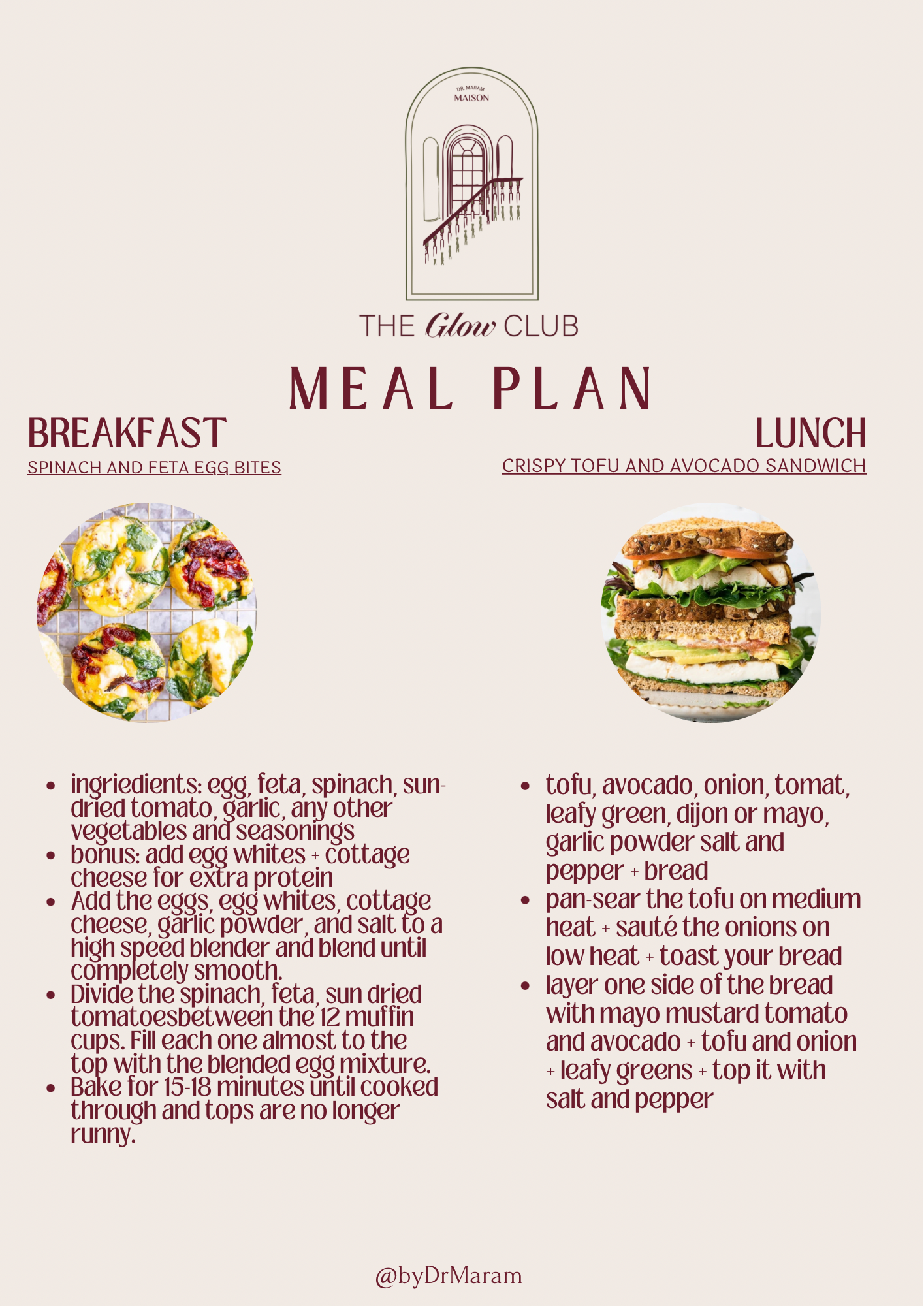A journey from darkness to light
Meet Sara
Sara’s Story of Recovery
Sara always felt invisible. From a young age, she carried shadows in her mind—whispers that told her she wasn’t thin enough, good enough, or pretty enough. By the time she turned 16, those whispers had grown into a roar, overtaking her thoughts and her life.
High school was the hardest chapter. Sara could never see what others saw in the mirror. She counted every single calorie, skipped meals, and exercised until her legs trembled. Praise from friends about her “willpower” only fueled her obsession. The numbers on the scale became her worth.
But Sara’s battle with body dysmorphia and anorexia came at a devastating cost. Within a few months, she lost so much weight that her clothes hung from her shoulders; even her bones seemed too fragile to hold her up. Doctors grew alarmed: her bone density plummeted so fast, she developed osteoporosis — an illness rare for someone so young. Every step carried the risk of a fracture.
Her body began to fail her. One afternoon, a blinding pain shot through her side. Emergency tests found her kidneys were dangerously close to shutting down. Sara sat in a sterile hospital bed, surrounded by tearful family and monitors that beeped quietly. For the first time, fear broke through the fog—was this how her story ended?
But somewhere inside, Sara discovered a spark. She didn’t want her life to be lost to an illness that lied to her. With therapy, nutritionists, and a caring community, she began the hardest journey of her life: learning to see herself as she really was, not as those cruel voices said.
Tiny victories mattered. A shared meal with a friend. Writing down three things she liked about herself. Asking for help when the urges felt too strong. With each challenge, Sara learned to replace criticism with compassion. The road was not linear, and setbacks happened — but with the right support, hope grew each day.
Years later, Sara is stronger — not just in body, but in spirit. She still faces battles, but now buries herself in art and laughter, not calorie counting. Her body healed from osteoporosis with time and careful treatment. Her kidneys recovered, her bones regrew strength.
Sara’s journey is a whisper to anyone suffering: You are more than your illness. Recovery is real, even when the darkness feels endless. And sometimes, talking to someone, asking for help, or joining a supportive community can save your life.
If you or someone you know is struggling with anorexia or body dysmorphia, remember: asking for help isn’t weakness, it’s courage. When you feel ready, reach out—there’s a whole world waiting to walk with you from zero to ten.
1. Wellness Advice for Women: Exercise, Weight Lifting & Bone Health
• Strength training is critical for female bone health, especially before menopause and when estrogen levels are low. It stimulates bone growth, increases bone density, and helps prevent osteoporosis. Weightlifting, resistance exercises, and physical activity during adolescence and adulthood are essential for reaching and maintaining peak bone mass.
• Estrogen is key to bone health. When estrogen drops (due to anorexia, menopause, or hormonal imbalance), bones weaken and become prone to fractures. Strength training can offset some loss by stimulating bone formation.
2. Anorexia’s Mechanisms: Bones, Teeth, and Kidneys
Low Estrogen (Hypoestrogenism)
• Anorexia nervosa often leads to amenorrhea (loss of menstrual periods) due to low energy availability and reduced body fat. This causes a drop in estrogen, a hormone essential for bone formation and maintenance. Without estrogen, bone resorption (breakdown) increases while bone formation decreases, leading to lower bone mass and higher risk of osteoporosis
Bones & Osteoporosis:
• Chronic undernutrition starves bones of calcium, vitamin D, and protein—nutrients bone cells need to grow and stay strong.
• Low estrogen (due to amenorrhea/loss of menstrual periods) and hormonal disruptions (low IGF-1, leptin, high cortisol) accelerate bone loss (osteoclast acitivity/ breakdown) and prevent bone formation (osteoblast activity), leading to osteopenia and, ultimately, osteoporosis. The net effect is a steady decline in bone mineral.
• Adolescence is crucial for building 60–90% of adult bone mass; eating disorders during this time cause “missed” bone development and lasting risk.
• About 90% of people with anorexia have low bone density, and up to 38% develop osteoporosis. Those affected are three times more likely to sustain bone fractures.
Teeth:
• Malnutrition leads to low calcium and phosphate, making teeth brittle and susceptible to decay or loss.
• Poor dental health can worsen malnutrition, as those affected may struggle to chew and digest food properly—a vicious cycle of declining health.
Individuals with anorexia nervosa are significantly more likely to experience dental erosion and tooth wear compared to those without eating disorders.
• A recent meta-analysis found that approximately 26.7% of people with anorexia nervosa have tooth erosion, compared to 54.4% in bulimia; overall, 42.1% of all eating disorder patients studied showed erosive dental lesions.
• Patients with self-induced vomiting (more common in bulimia, but present in some with anorexia) are at especially high risk—the odds of dental erosion are more than 16 times higher in these individuals.
Studies have shown poorer plaque control, higher rates of decayed/filled teeth, and more gingival (gum) inflammation in patients with anorexia than in healthy controls.
Kidneys:
• Severe starvation and dehydration reduce blood flow to kidneys, risking kidney injury or failure.
• Electrolyte imbalances from vomiting, laxative use, or poor nutrition associated with eating disorders place extreme strain on kidney function, and chronic cases may lead to permanent damage.
Hormonal Imbalances
• Besides estrogen, other hormone levels are altered:
• Decreased IGF-1 (Insulin-like Growth Factor 1): Low calorie intake suppresses IGF-1, a growth factor crucial for stimulating new bone formation by osteoblasts.
• Disrupted leptin, growth hormone, and cortisol: Leptin (from fat tissue) drops, while cortisol (stress hormone) rises, both contributing to increased bone breakdown.
Decreased/insufficient vitamin D and calcium causes the parathyroid gland to release more parathyroid hormone PTH. Hugh PTH levels in blood will signal the bone to release more calcium in the blood to maintain normal blood level, further weakening bone structure.
3. Statistics & Prevalence
• Adolescent Girls & Eating Disorders:
• About 12% of girls in their teens will experience a diagnosable eating disorder; 8% of 15-year-old girls severely diet, massively increasing their risk.
• 60–70% of girls ages 6–10 are actively trying to lose weight; 77% of 12-year-old girls dislike their bodies.
• Hospitalizations and medical visits for eating disorders among youth have increased by 93% in recent years.
4. The Vicious Cycle: Anorexia’s Impact
Bone Loss —> low estrogen, nutrient deficiency, hormonal imbalance.
Osteoporosis —> weak fragile brittle bones, with increase risk of bone fracture.
Toothwear and caries —> malnutrition, low calcium/phosphate, vomiting and gastric reflux.
Kidney Failure —> electrolytes imbalance, dehydration, and decreased blood flow.




